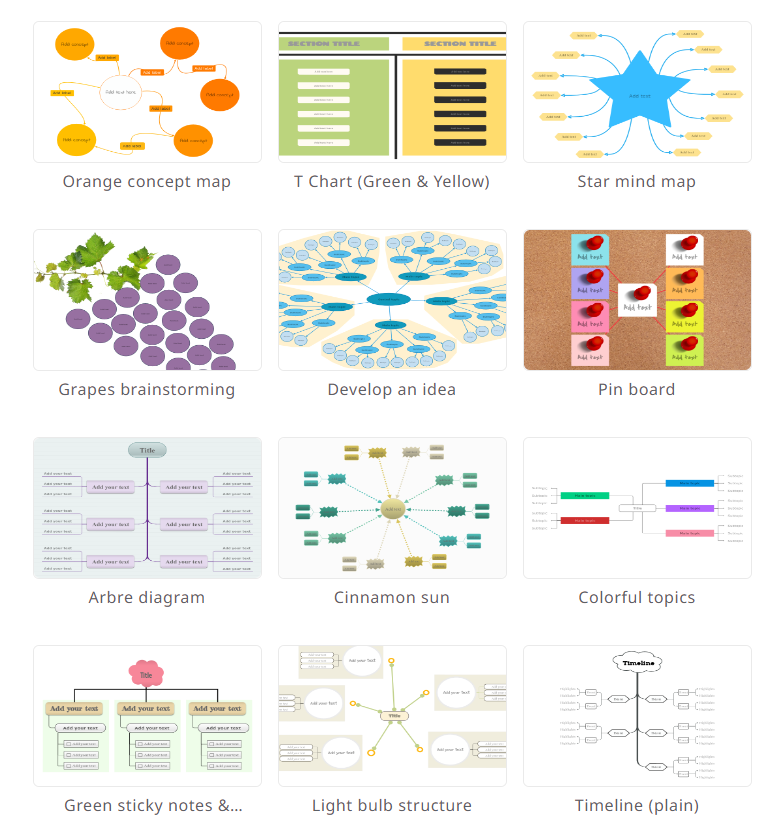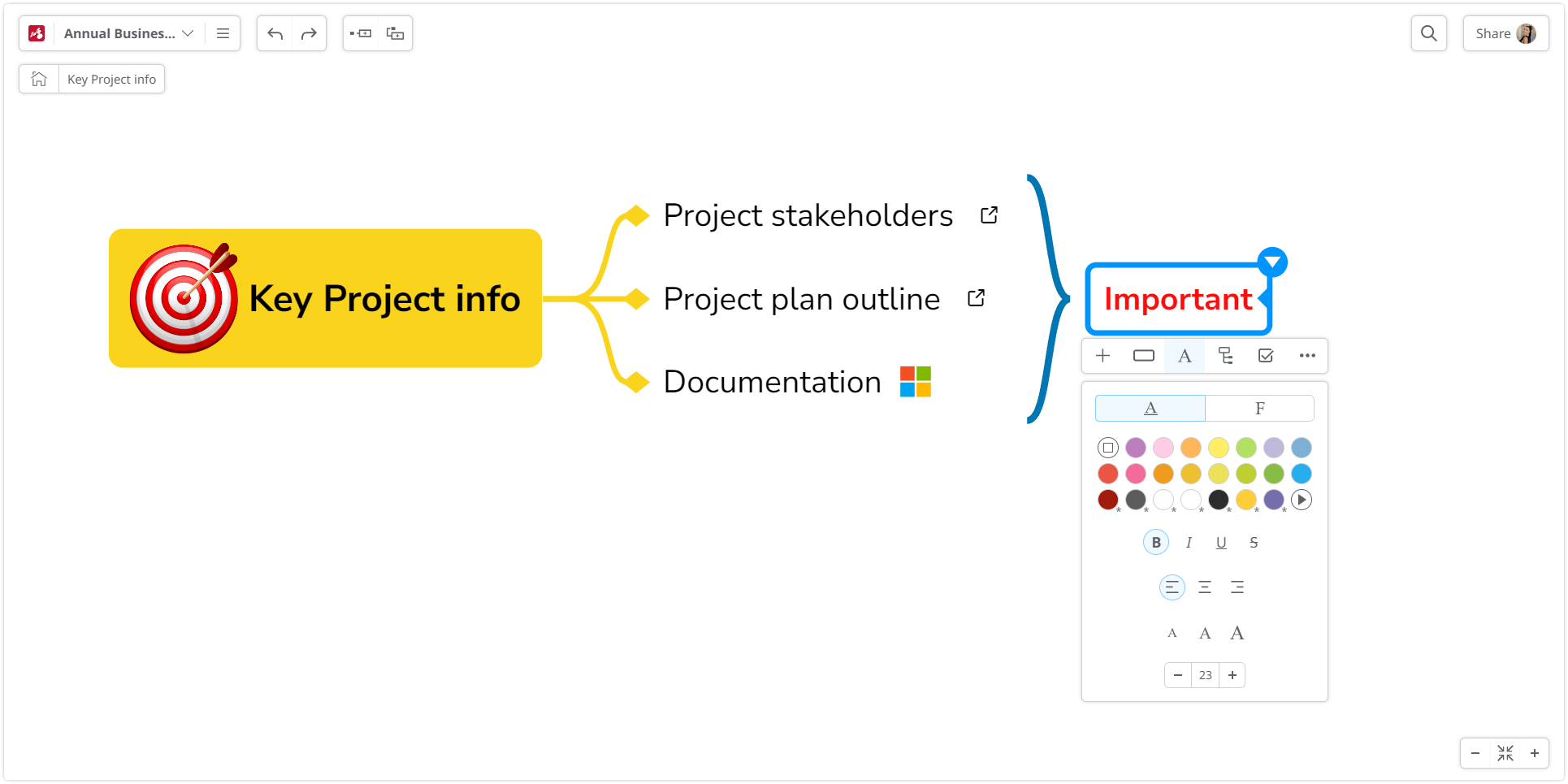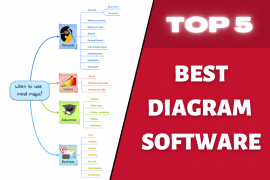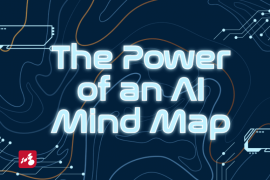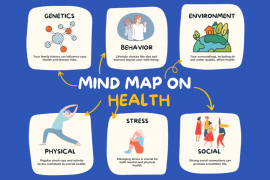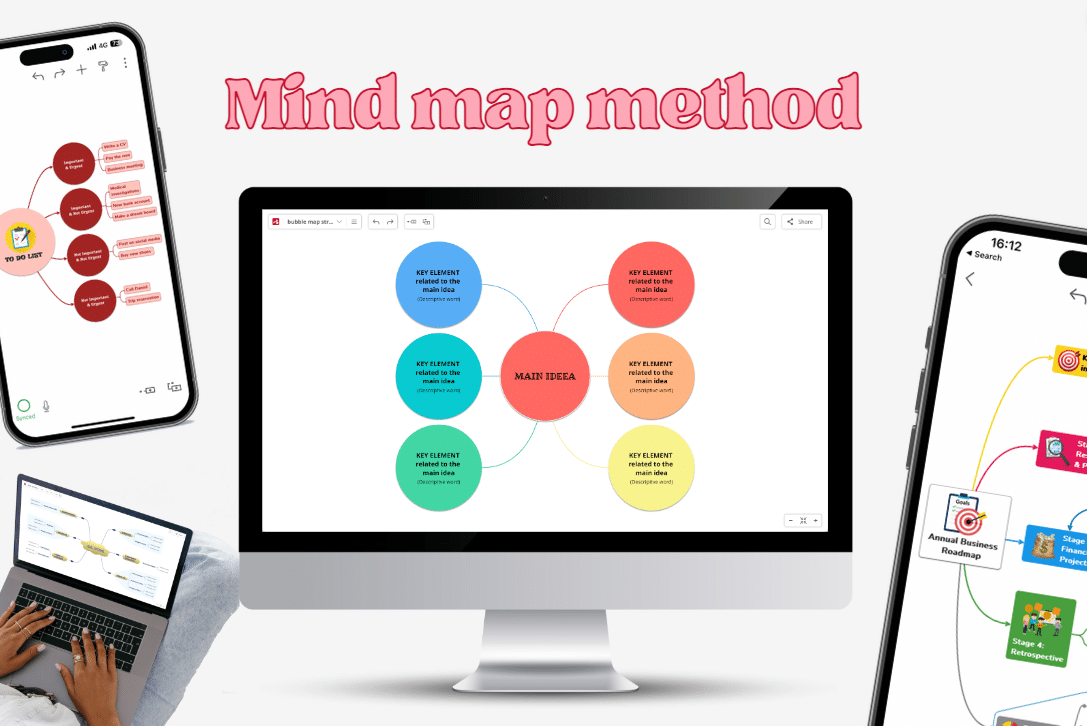
In today’s fast-paced world, where information overload is a constant challenge, finding effective ways to organize our thoughts, boost creativity, and enhance productivity has become paramount. One such powerful method that has gained immense popularity is the mind map method.
By leveraging visual diagrams and fostering innovative thinking, mind mapping can revolutionize the way we approach brainstorming, note-taking, project management, and more.
In this article, we will delve into the depths of the mind map technique, explore its benefits, and discover how it can be harnessed with the help of mind map software like Mindomo.
Why Use Mind Mapping Techniques? Benefits and Uses
Mind mapping techniques offer numerous advantages in various aspects of life, both personal and professional. By embracing the mind map method, individuals can:
Enhance creativity and innovative thinking
Improve information retention and recall
Facilitate effective brainstorming sessions
Organize ideas and complex concepts
Streamline project planning and management
Foster collaboration and knowledge sharing
Using mind mapping technique can significantly boost productivity, enhance problem-solving abilities, and provide a fresh perspective on approaching tasks and challenges.
What is a Mind Map?
Before delving into the intricacies of the mind map method, let’s start by understanding the basics. A mind map is a visual diagram that represents ideas, concepts, or tasks in a hierarchical and interconnected manner.
It is created around a central topic or idea, with related subtopics radiating outward like branches. This structure mimics the way our brain naturally organizes information, allowing for better understanding, retention, and exploration of different ideas.
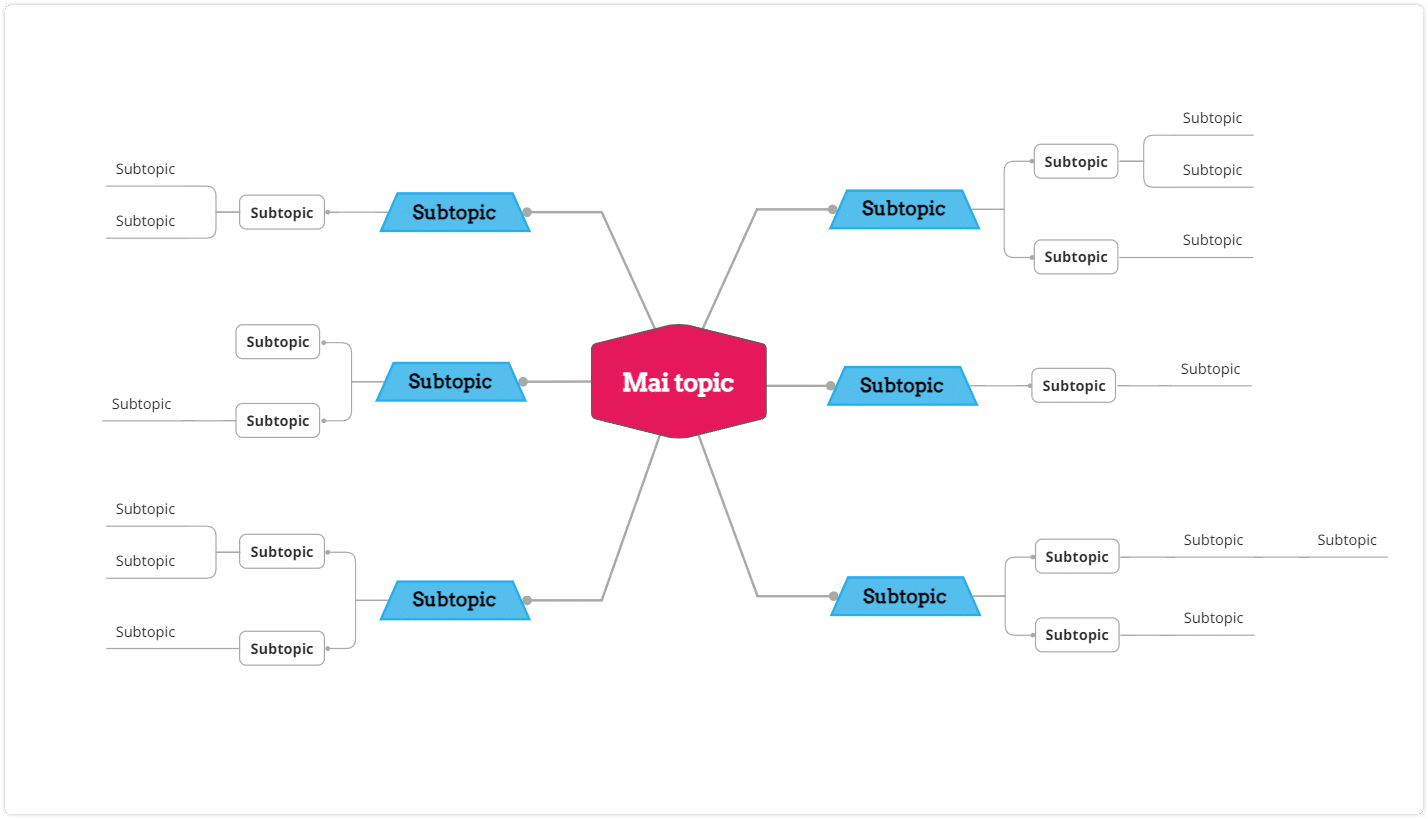
Types of mind maps
When it comes to creating mind maps, individuals have two primary options at their disposal: the traditional approach of drawing mind maps on paper or the modern convenience of utilizing mapping tools.

Drawing mind maps on paper provides a tactile experience and can be especially appealing to those who prefer a hands-on, tangible approach. It allows individuals to sketch out their ideas, add details, and draw lines connecting various elements, fostering a sense of personal engagement.
On the other hand, mapping tools, such as Mindomo, offer a digital platform for mind map creation, offering advantages like ease of editing, collaboration, instant access from any device, and a wide range of formatting options. These tools streamline the process, making it efficient and accessible, while still retaining the fundamental principles of mind mapping.
How do you use Mind Mapping Method?
The mind map method can be applied to various scenarios, whether it’s for personal projects or professional endeavors. Let’s explore a step-by-step guide on how to make the most of this powerful technique:
How to create the mind map from scratch?
Start with a Central Idea: Begin by identifying the central concept or topic that you want to explore. If can be a single word or a very short phrase. There are many examples of mind maps: this could be anything from planning a vacation to mapping out a business strategy.
Add Branches: Once you have the main idea, start adding branches that represent the main points (subtopics) or aspects related to your main idea. These branches will serve as the primary categories for your mind map, and they represent the most important ideas.
Create Sub-Branches: Expand each main branch by creating sub-branches that further elaborate on the specific details or subtopics. Feel free to use different font sizes, colors, or symbols to emphasize important points or highlight connections.
Make Connections: As you build your mind map, look for meaningful connections between different branches and sub-branches. This is where the true power of the mind map technique shines, as it allows you to identify relationships, spot patterns, and foster innovative thinking. Add new connections between existing topics.
Add Visual Cues and Images: Enhance the visual appeal of your mind map by incorporating relevant images, symbols, or icons that help convey information more effectively. Visual cues can stimulate memory and imagination, making your mind map more engaging and memorable.
Review and Refine: Once your mind map is complete, take a step back and review the overall structure and content. Refine and reorganize the branches if necessary, ensuring clarity and coherence in your representation.
By following these steps, you can leverage this method to unlock your imagination, improve information retention, and streamline your thought process.
What are the 6 Steps when Creating Mind Maps?
Creating mind maps involves a flexible process that can be adapted to suit individual preferences and requirements. However, there are some common steps that can serve as a starting point:
Define Your Purpose: Determine the purpose of your mind map. Are you brainstorming ideas, organizing information, or planning a project? Clarifying your objective will guide the direction of your mind map.
Identify Key Subtopics: Identify the main subtopics or categories related to your central idea. These will form the basis of your mind map’s structure.
Gather Information: Collect relevant information, ideas, or concepts that align with each subtopic. This could involve conducting research, brainstorming, or drawing from your existing knowledge.
Organize and Connect: Arrange the subtopics and their corresponding information in a logical and meaningful way. Connect related ideas using lines, arrows, or other visual cues to depict relationships and associations.
Add Details and Examples: Elaborate on each subtopic by providing additional details, examples, or supporting evidence. This enhances comprehension and adds depth to your mind map.
Review and Enhance: Review your mind map for clarity, coherence, and completeness. Make necessary adjustments, refine the content, and ensure that the mind map effectively captures your ideas.
By following these steps, you can create well-structured and comprehensive mind maps that serve as powerful visual tools for idea generation, information organization, and project planning.
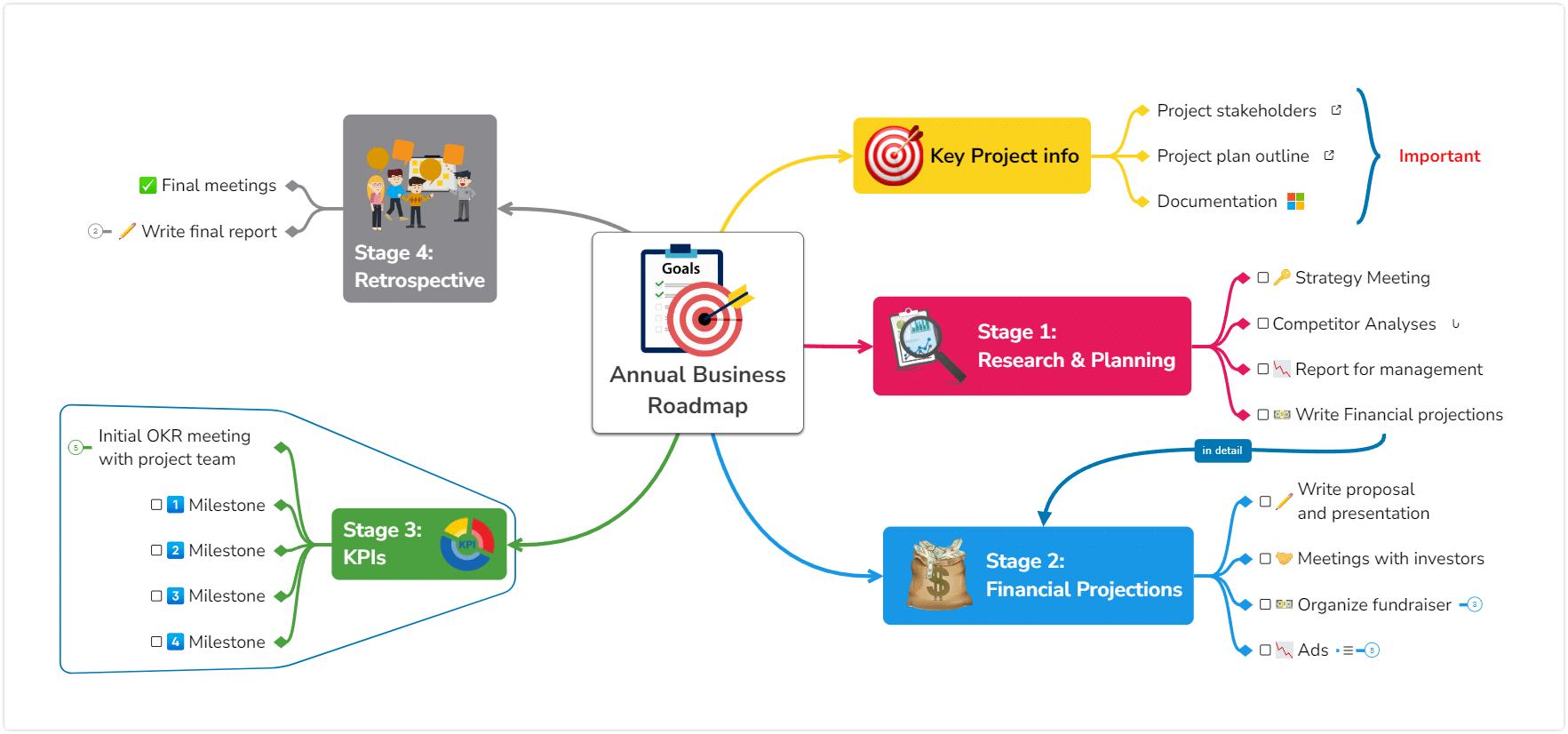
What are the 3 Elements of a Mind Map?
To fully grasp the essence of a mind map, it’s essential to understand its key elements:
Central Topic or Idea: The central topic acts as the focal point of the mind map. It represents the core concept or theme from which all other subtopics emanate.
Branches and Subtopics: The branches of a mind map extend from the central topic and represent the main categories or subtopics. They serve as the framework for organizing and connecting information.
Connections and Relationships: The lines, arrows, and other visual cues in a mind map symbolize the connections and relationships between different branches and subtopics. These associations facilitate a holistic view and stimulate creativity.
By effectively utilizing these elements, mind maps become powerful tools for structuring thoughts, exploring ideas, and presenting information in a visually engaging manner.
Mind Mapping Software: Unleashing the Full Potential
In the digital age, a mind mapping tool plays a pivotal role in harnessing the true potential of the mind map method.
With tools like Mindomo, users can effortlessly create, customize, and collaborate on mind maps with ease. Some key features offered by this mind map maker include:
Versatile Templates: Pre-designed templates for different types of mind maps, such as concept maps, Gantt charts, spider diagrams, and flowcharts, provide a head start for users and save valuable time.
Intuitive Interface: User-friendly interfaces make it easy to navigate and create mind maps using drag-and-drop functionality, ensuring a smooth and seamless experience.
Collaboration and Sharing: Mind mapping software allows users to collaborate in real-time, making it ideal for group projects, team brainstorming sessions, and knowledge sharing.
Export and Integration: Users can export mind maps in various formats, such as PDF or image files, enabling easy sharing and integration with other applications or platforms.
By leveraging mind map software like Mindomo, individuals and teams can maximize the benefits of the mind map technique, boost productivity, and unleash their creative potential.
Example of a Hand-Drawn Mind Map
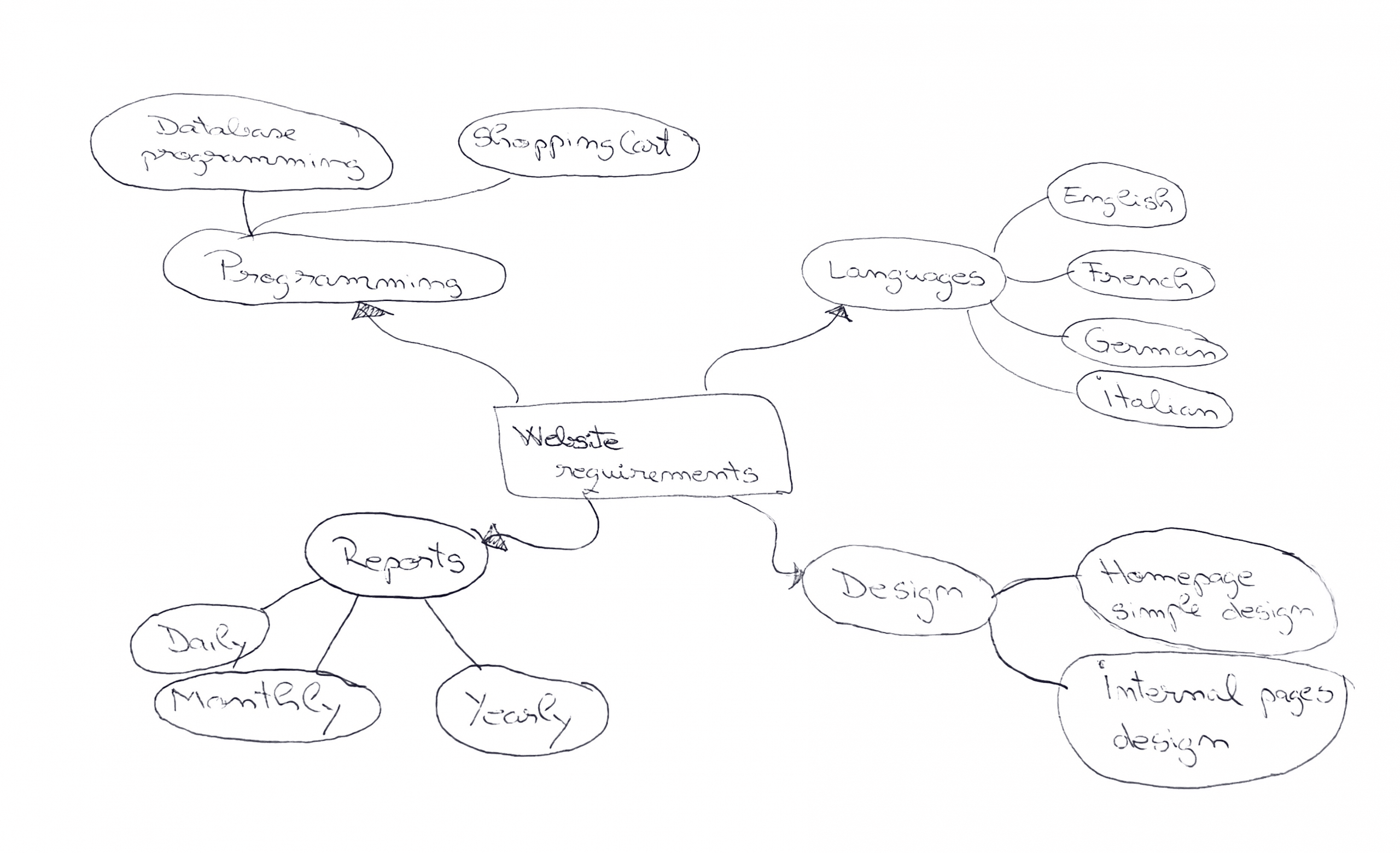
To understand the simplicity and versatility of mind mapping techniques, let’s consider an example of a hand-drawn mind map. Imagine you are planning a vacation.
You start with the central idea of “Dream Vacation.” From there, you create branches for different aspects such as “Destination,” “Activities,” “Accommodation,” and “Budget.”
Each branch further expands into sub-branches that capture specific details. By visually mapping out your thoughts and ideas, you can easily explore different options and make informed decisions for your ideal vacation.
Example of a Computer-Generated Mind Maps
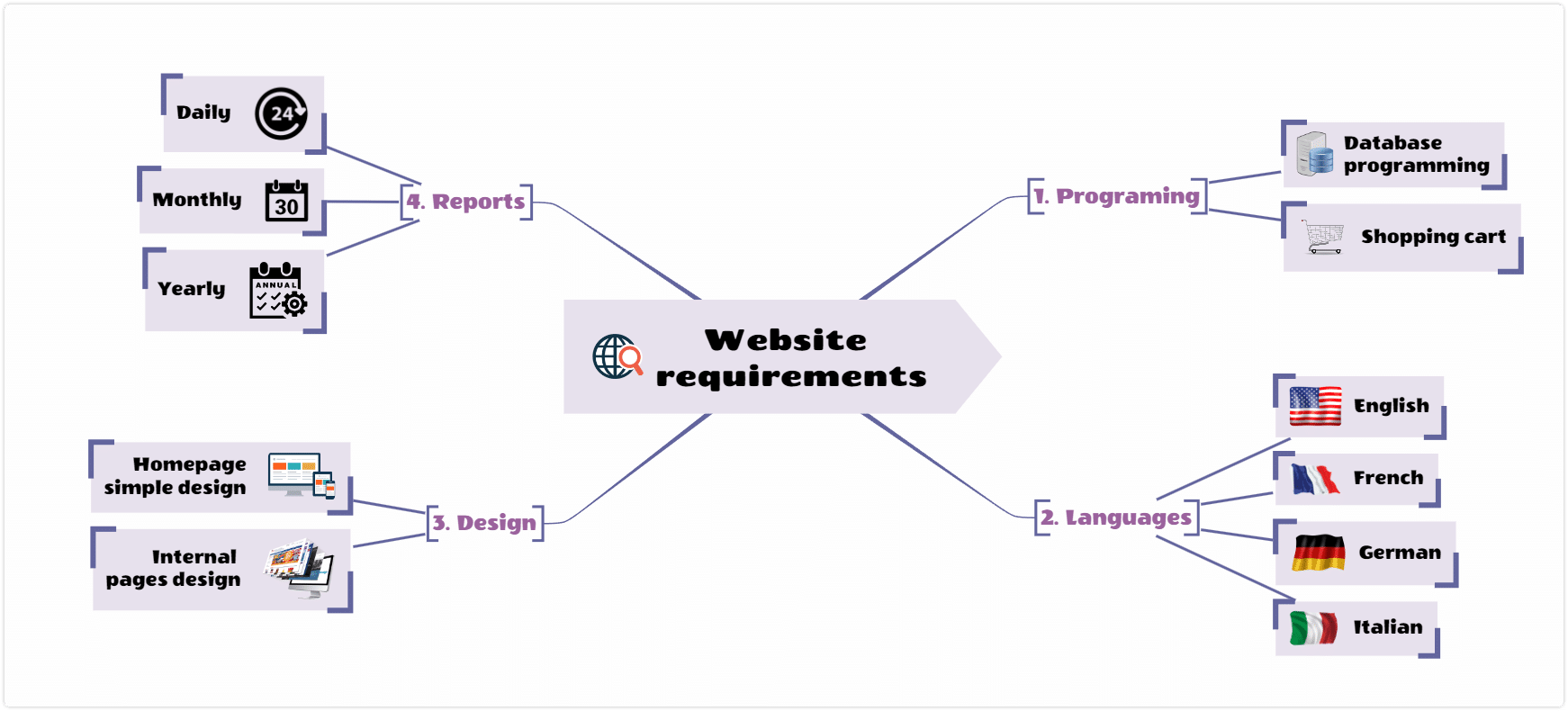
In today’s digital age, mind mapping software like Mindomo provides a convenient and efficient way to create mind maps. With the help of mind map software, you can quickly generate visually appealing and interactive mind maps.
Let’s continue with the vacation example. Using Mindomo, you can choose from a variety of templates or start from scratch. You can add images, icons, and colors to represent different aspects of your vacation.
The software allows you to effortlessly rearrange, edit, and refine your mind maps, making it a powerful tool for organizing ideas and planning your dream vacation.
A Brief History and Definition of Mind Mapping Methods
Mind mapping methods have a rich history and have been used by great thinkers and innovators throughout the years.
The concept of mind maps can be traced back to the 3rd century BCE when Aristotle used the technique of “porphyrian trees” to visually represent the categorization of concepts. However, it was Tony Buzan, a British psychologist, who popularized mind maps in the 1970s.
He defined mind maps as powerful tools that engage both hemispheres of the brain, allowing for better understanding, ideation, and problem-solving. Since then, mind mapping methods have evolved, and with the advent of technology, mind map software has further expanded its capabilities.
Conclusions
The mind map method offers a refreshing approach to organizing thoughts, fostering creativity, and enhancing productivity.
Whether you prefer the simplicity of a hand-drawn mind map or the convenience of computer-generated mind maps using software like Mindomo, the power of mind mapping techniques is undeniable.
By incorporating visual elements, emphasizing associations, and stimulating creative thinking, mind maps become powerful tools for generating new ideas, information organization, and project planning.
So, embrace the mind map technique, unleash your creative potential, and let your ideas flourish.
Remember, a single idea can spark a revolution—let your mind map be the catalyst!
Keep it smart, simple, and creative!
The Mindomo Team

